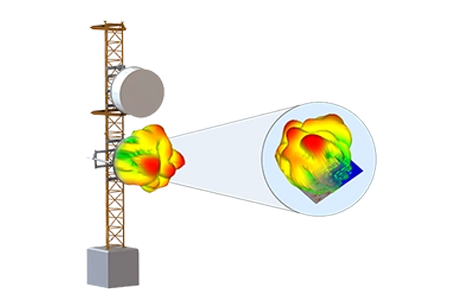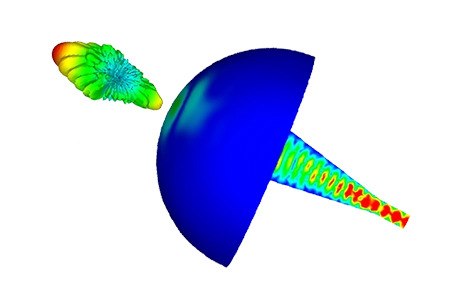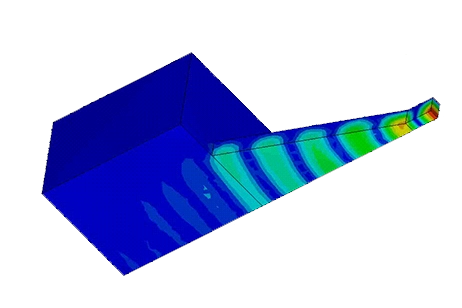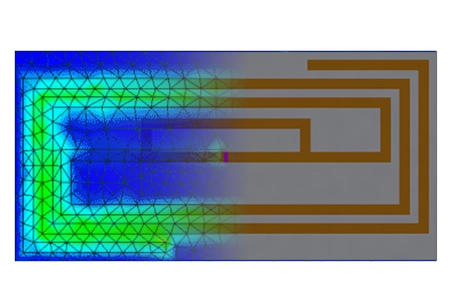Pioneering Antenna and Radome Technology with EMWorks
Empowering Advanced Connectivity and Protection through Simulation
Antennas and radomes are essential for reliable communication, radar, and signal transmission across diverse industries. EMWORKS offers advanced simulation tools to design, optimize, and test antennas and radomes for superior performance in electromagnetic systems. Whether you’re working with planar-printed antennas, waveguide antennas, or wire antennas, EMWORKS ensures efficiency, precision, and innovation.
-

Planar-Printed Antennas
Discover EMWorks' electromagnetic design software tailored for planar printed antenna applications. Revolutionize planar printed antenna systems and innovation. -

-

Waveguide Antennas
Explore EMWorks' electromagnetic design software tailored for waveguide antenna applications. Revolutionize waveguide antenna systems and innovation. -

Wire Antennas
Discover EMWorks' electromagnetic design software tailored for wire antenna applications. Revolutionize wire antenna systems and innovation.

